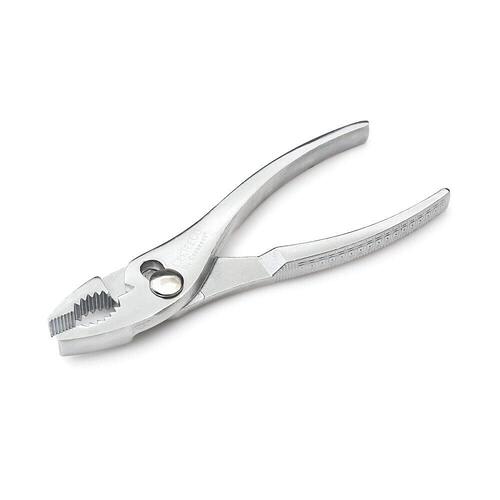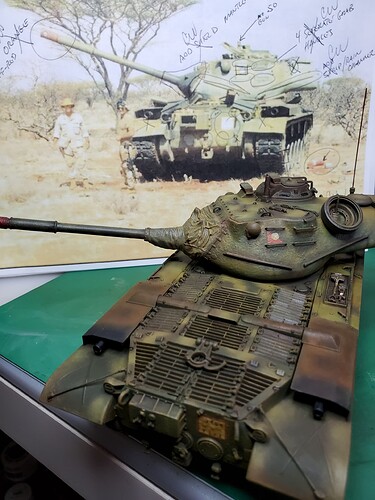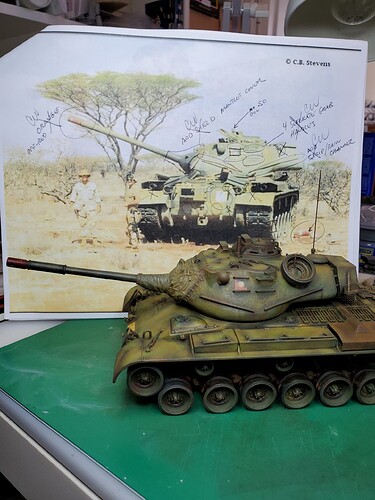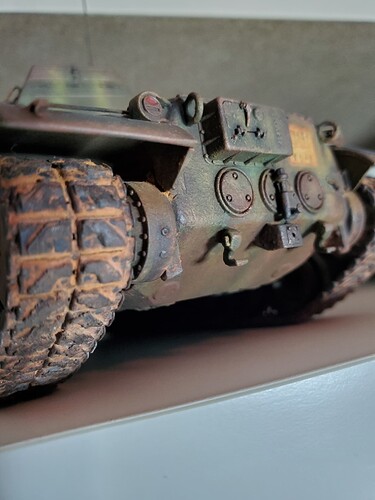I have an airbrush rig ,but not an airbrush space,si I’m falling back to the brush.being old school my go to types were testors/model master enamels and poly s acryillics.I had these tuned to the point I had to bring projects into my club sessions to prove it.so what I am asking is,what are your preferences for brush work,just trying to save time from going the experimenting route and save money.please help an old guy out,thank you,Pete
If you prefer enamels, try Humbrol. They hand brush superbly.
For acrylics, Vallejo hand brushed well, but primer is a must otherwise the paint won’t hold to well on plastic during handing.
AK 3rd gen are amazing for brush painting.
what about air brushing or you not tried that ? did you use the AK thinner for them as well ?
John,
For brush painting in acrylics, I settled on Lifecolor paints after Pollyscale was discontinued. They flow and adhere better than Vallejo and have a huge color range. They are also available in convenient sets. After 50 years of modeling I consider Lifecolor the finest acrylic paints on the market today.
Of course, for enamels, you can’t beat Humbrol. Just wish they’d use normal jars.
My go-to paint right now though is AK Interactive Real Colors. They are lacquers. They airbrush superbly and brush paint very well. The color range is extensive, specific, and accurate. They are, overall, the best paints I have ever used.
I hear you when you lament about not having airbrushing space. I don’t have a dedicated space for airbrushing, although I airbrush extensively. I airbrush on my workbench with a portable collapsible spray booth -

It’s 16x19x13 when open and folds down to the size of a shoe box for storage. You can vent it out a window if you want. $114.99 on Ebay - Portable Airbrush Spray Paint Booth Kit &LED Light Exhaust Filter Hobby Painting | eBay
I’ve owned one for years and it’s an outstanding product and an excellent solution to space problems. Just giving you an option to allow you to use your airbrush again.
Another vote for Humbrol. Love the paint, hate the cans.
Read his first sentence. He explains it there.
at least the threads on the lids don’t get gummed up by paint ![]()
My post was for Mousemuffin Craig about AK 3Gen… For some reason the reply icon didn’t register…
Youtube’s Martin Kovac aka Nighshift on paint… “the more it smells, the better it sticks.”
I have one of those booths too- they are great for a small space.
Vallejo are great for brush painting although as you will have seen in this thread there are plenty of other companies that offer good products. I use a few different ones and I’d recommend experimenting if you are not totally satisfied with one brand or another.
What ever paint you use, I strongly recommend a spray primer. This will give you a good even surface more readily for painting. This well also lessen brush marks and allow the pigment of the paint to be at its most opaque. I love Tamiya paints, but not for brush painting. Vallejo is great, lots of colors and many sets. Some colors are difficult to lay done with good saturating. I like Mission Model paints for detail painting and large scale painting. Humbrol is a good choice, but the are coming out with a acrylic line. Model Master was great. These enamels were the best for brush painting, but they are no longer. You might be able to find some, but not a reliable line for you to pick from. Life Color is good. Strong pigments with these. You don’t want solvent acrylics as they are best for spraying. Basically water based acrylics with a retarder ( to slow the drying time ) and enamels. It will depend on how much you want to spend, what is available to you and what are your projects you want to paint. They are actually many answers to this question, so experimentation is in order. You may find yourself having different brands to fit your many needs. Than you well have joined us modeler’s.
To start, a good primer on the model is a must. I use Testors model master flat white or flat gray for that, you can paint it on the model as it has a good bite on both metal and plastic. I do agree that a spray primer works well but I am stuck with half of the year being too cold to spray outside and I have no space for a spraybooth.
The enamel paints must be well mixed, shake them like mad (adding 2-3 small stainless steel bearing balls in it helps). If the pigment has settled on the bottom, a thick steel carpet needle to stir it back up is good and once it moves enough shake the bottle hard. One important trick I learned is that these enamel paints are sensible to light, so when not in use always keep them in a closed box. They become hard (and the clear base becomes yellowed) within a 2-3 months when left to natural or artificial light. I have been able to keep bottles for over 5 years and the paints are absolutely good, as long as they go back in the box when done. This saves a ton of money as you are not buying back new bottle because the one you bought 3 months ago has hardened. I think this is why Humbrol still have their little metal can, there is no light on the paint compared to the small glass jars from Testors and others. For the Humbrol cans always wipe clean the side of the inner the lid and of the can (like one does with cans of home hardware paint), it helps in keeping the lid well sealed and saves the paint from hardening. A thin small metal bar is useful to pry open these cans.
For the brushes, I use the smoothest ones I can find and afford with good edges for wide flat brushes and good point for the normal brush. Cleaning them with enamel paint solvent is a must and follow with a soft hand soap to finish the clean up and to restore the point/edge of the brush, store them upright in an empty pot or old coffee mug. Just avoid cheap brushes, you will end up with bristles sticking in your paint job very fast and it is a pain to get them out.
As for painting, you will have to test just how much enamel paint to put on; just enough for it to settle flat but not too much for leaving paint puddles or too litle to leave paint streaks. Acrylics have an advantage here, you can dilute the paint and put layers to build up the color and avoid streaking.
Acrylic paints are ‘easier’ to use and you just need water for the clean up. They do dry quite fast. There are quite a few techniques developed over the years for painting with them (youtube has quite a few videos on that). Acrylics behave quite differently than enamels paints, so there is a learning curve to get here.
One important thing, never put enamel paint on top of acrylic paint it will eventually peel off or crack, but the other way around works well.
Except for gray primer, every color on my Somalia M47 is with applications consisting exclusively of artist oil rendering. Back in my younger days when I couldn’t afford an airbrush, I tried this method with not so good results. It was about 5 years ago that I decided I would give this method another shot…after 40 + years…this being the result today (using junked models for practice). Completely dry in about 24 hours, there is plenty of time to manipulate the color, unlike paint, so, I may stay with this method.
WOW Jack! Very impressive results. I’ve rarely seen anybody render an entire model in oils. You have done it magnificently. What a beautiful model. It must have taken you a good bit of time.
Thanx! Took about 2 weeks…the time being spent with the brush in my right hand balanced over my left hand/wrist in an ‘x’ fashion to sturdy/prevent my right hand from shaking. The brush has only the slightest hint of oil in every application of a color. After more than 3 or 4 days in drying, Testors Dullcote was applied over the entire model. If I get good enough with this rendering method, I may never have to buy paint again! ![]()
Have to agree that the Humbrol cans are obnoxious, however, if you take the time to keep the lid and seal clean with each use they have an extraordinary shelf life. I have a few of the very old cans with the paper color insert on the lids (we’re talking 45+ years old) that are still workable. Amazing paints.
Years ago I saw a model someone painted exclusively in oils. Although “interesting”, I found it was lacking on a number of levels, to be polite about it. But this… Wow. There’s a richness and depth to oil paint that is unique to the medium. Your paint job is stunning. You have inspired me to give it a try.
P.S. I’m in complete agreement regarding Humbrol paints: great paint, not so great cans.
TY for the compliment. I have a Kenyan AML 60 on the bench at the moment that is next for this treatment. A smaller kit was chosen to improve my skill on a smaller, more detailed scale. Just think of it as oil painting on a 3D object instead of a flat canvas. I’m glad I revisited this medium. The wife just might end up with my airbrush and compressor after it’s all said and done. Give it try. And don’t worry about using primer…primer ‘seals’ and preps the surface for your rendering with oils. Your intended camouflage IS the whole process that ONLY uses oils…in combination with enamels and pigments for a wash and filter. Even a red taillight will be filled in with oils. I tried acrylics but dries too quickly for good results. Ignore them. You’ll need plenty of cardboard to suck up the linseed oil and a big enough piece to act as your palette for mixing/combining/blending your intended colors.



